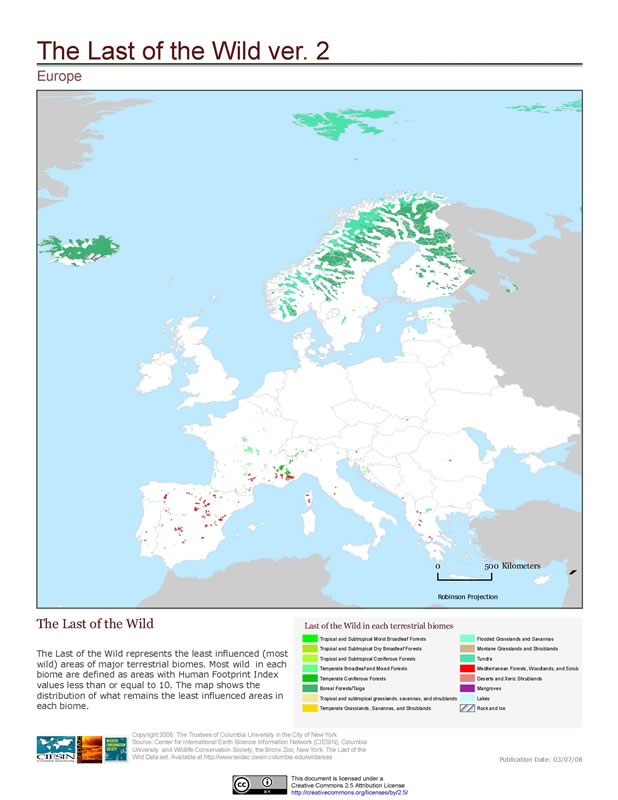You’ve got to hand it to National Geographic: they do get some good writers. I don’t know who Joel K. Bourne Jr is, but his piece on The Global Food Crisis: The End of Plenty, which is just out, is a tour de force. Every hot-button issue in agriculture for the past few years gets a name-check. Last year’s food riots, the likely effects of climate change, the last Green Revolution and the next one AGRA is working towards in Africa, farmer suicides in India, the Millennium Villages and Malawi’s subsidies programme, the IAASTD, biotech and ecoagriculture. They’re all there. 1 And they’re woven into a coherent narrative that includes pithy quotes from the DGs of CGIAR Centres and African extension workers, Malthus and Norman Borlaug. Plus you can read the whole thing in no more than twenty minutes.
So why am I depressed? Because after a balanced discussion — rooted in concrete examples — of the pros and cons of the contrasting approaches advocated by the Millennium Villages on the one hand and the Soils, Food and Healthy Communities project on the other, this is the conclusion Bourne reaches:
Regardless of which model prevails — agriculture as a diverse ecological art, as a high-tech industry, or some combination of the two — the challenge of putting enough food in nine billion mouths by 2050 is daunting. Two billion people already live in the driest parts of the globe, and climate change is projected to slash yields in these regions even further. No matter how great their yield potential, plants still need water to grow. And in the not too distant future, every year could be a drought year for much of the globe.
Why, oh why reduce the discussion to the question of which model will prevail? Why does either have to prevail? Why not instead build on that lonely throwaway phrase — “a combination of the two.” What an opportunity missed to say that to solve the complex problem faced by agriculture we need a diversity of solutions, and that nothing need be off the table in our efforts to put food on the table.
